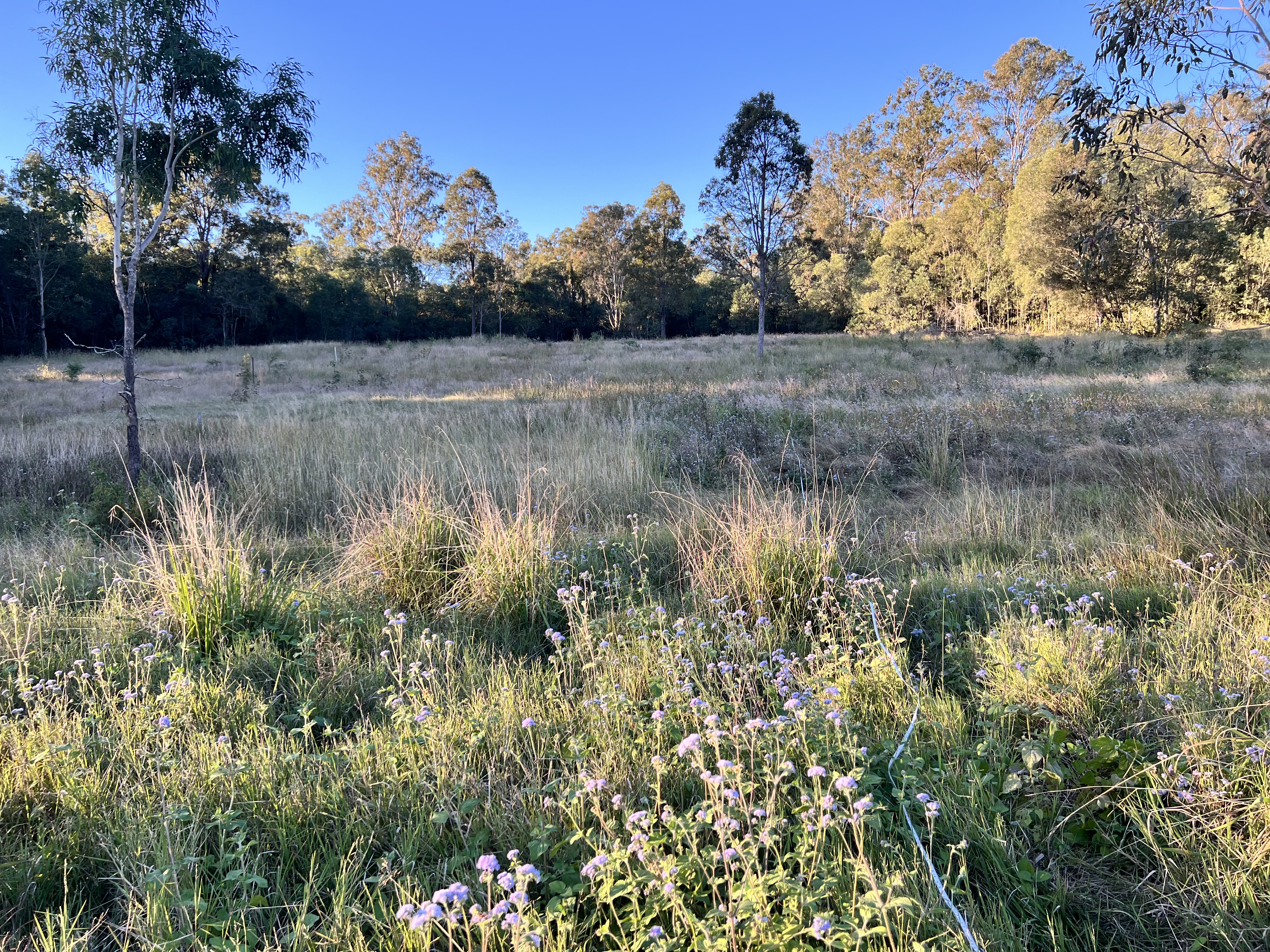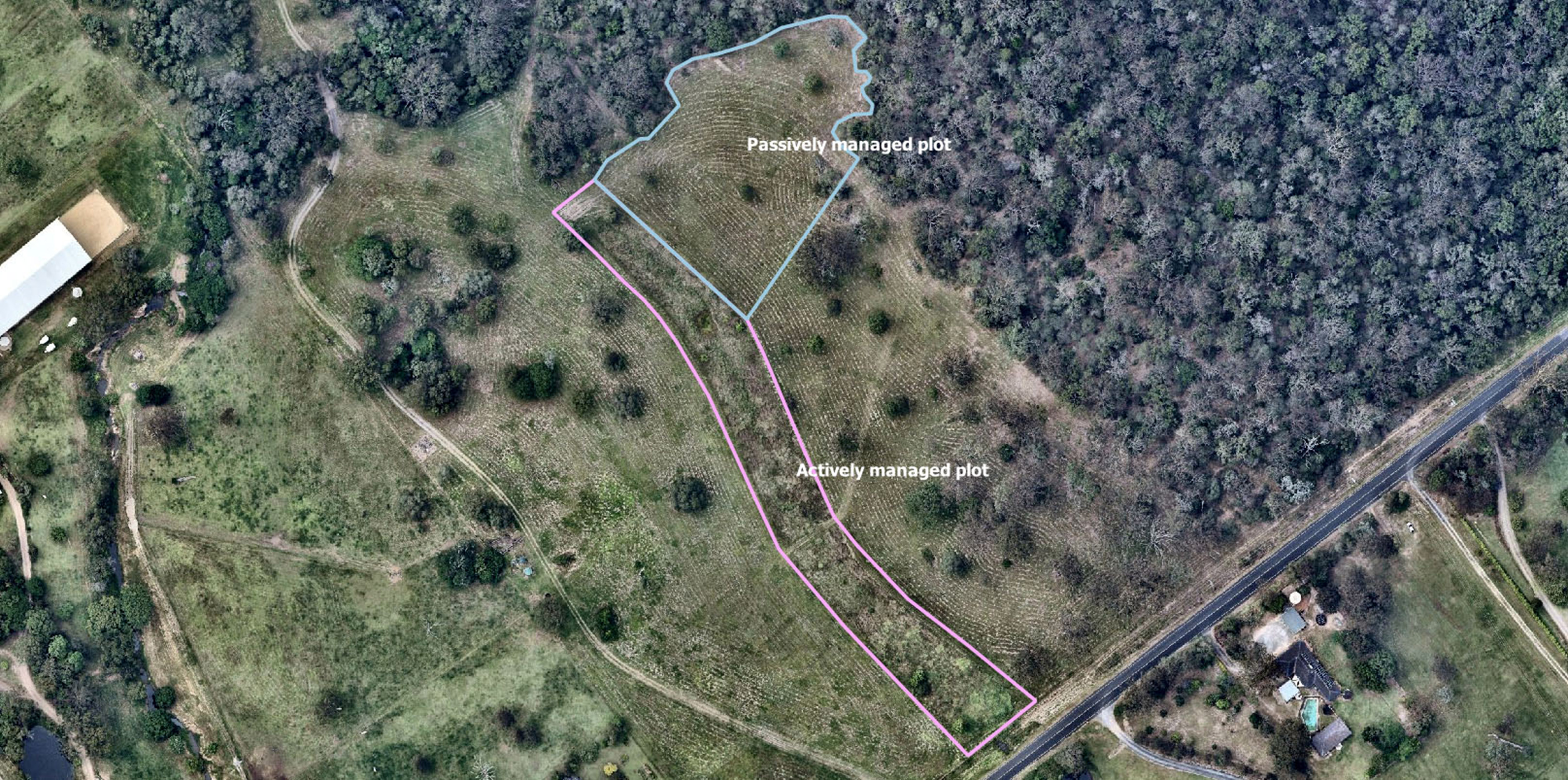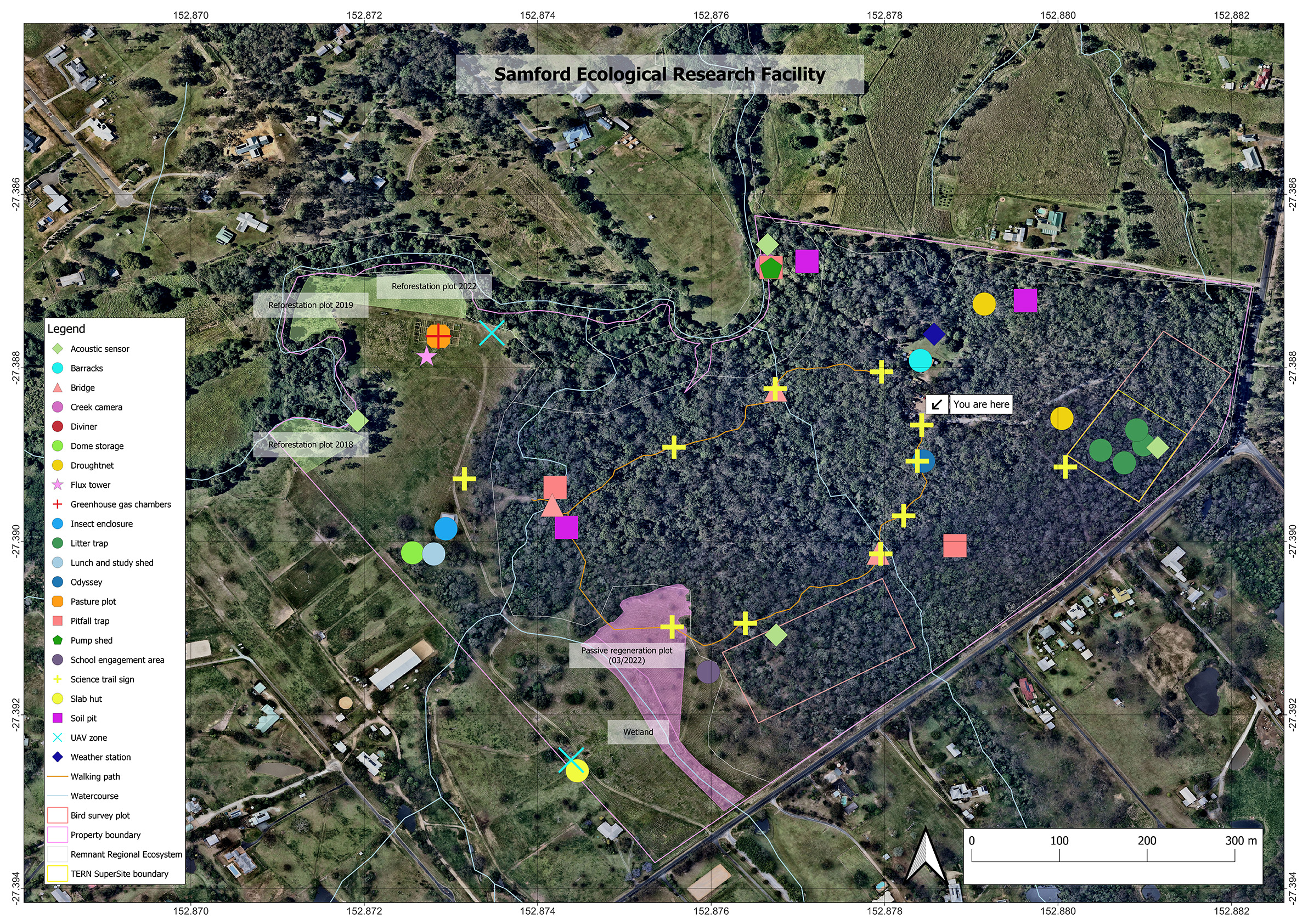Following on from the quail sighting (see –The Quail Turn ) the artwork sites were reconfigured as follows: The previously named ‘passive area’ or ‘passive regeneration area’ would remain as an area largely left to its own devices. Within that area, FAI site artworks would be placed that would in some way benefit localities – but it would, apart from that, remain as is – i.e. an active grassland with a healthy emerging forest cover.

And the so called ‘active area’ – the long ‘wet gulley’ would, rather than being planted out, also be also left to self-manage – with the hope that the rare quail would return – and that grassland species would continue to favour this area – something that does seem to be happening at least with currently resident common Brown Quail. (Coturnix ypsilophora). Of course within that area we might also conduct some small growing experiments – but this approach would also conserve the soil sampling approach that had begun (See Setup (7) Further Soil-biology Adventures – from the Artwork Burn Site).



Again, this new setup was reflected in the artwork ‘Analog Intelligence’ shown at ISEA 2024 – notably with the sound of the red breasted Quail echoing through the soundtrack.
